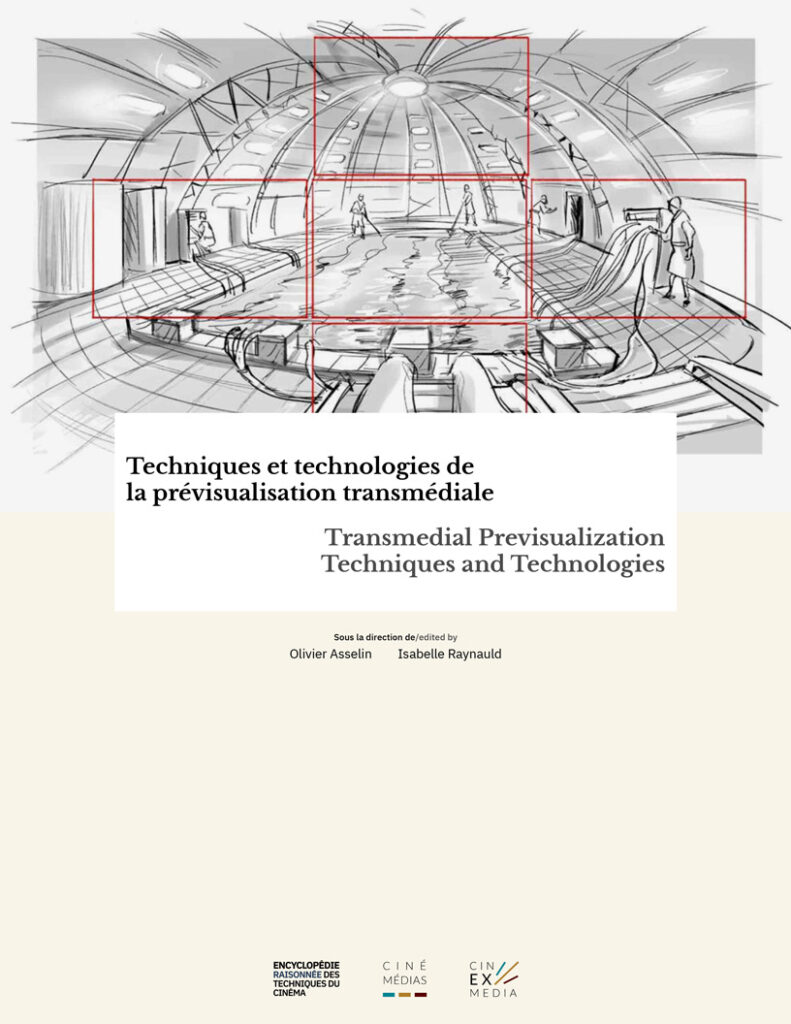Guest-edited by Olivier Asselin et Isabelle Raynauld
Oral or written narrative language was for a long time the privileged form of the art of storytelling. Nevertheless, visual narrative has always played an honourable role. Narrative was transformed, however, with the industrial revolution and the post-industrial revolution, the growth of mass culture and the appearance of new technologies: cinema, television, video games, virtual reality, Internet, mobile platforms, artificial intelligence… Narrative became audiovisual and then immersive, interactive and collaborative before finally becoming transmedial, mixed, trans-local and geolocated. In this shift, scripting – understood here in a broad sense as the process of conceiving and designing, previsualizing and preparing – was also transformed. Beyond the written script, other less textual and more visual documents appeared: fixed or animated two- or three-dimensional images; plans and maps; tree diagrams, etc. It is these non-textual preview forms and tools that this book will focus on.
Table of contents
- Introduction (Olivier Asselin, Isabelle Raynauld)
- Scripting, Mediality and Transmediality (Olivier Asselin)
- The Storyboard, the Animatic and Other Experiential Previsualization Tools (Benoît Melançon)
- 3D Modelling Software as a Previsualization Tool (Benoît Melançon)
- Game Engines as Scripting Tools (Dominic Arsenault)
- Creating Works in Virtual Reality (Oriane Morriet)
- Transmedial Documentary Scripting (Martin Bonnard, Viva Paci)



